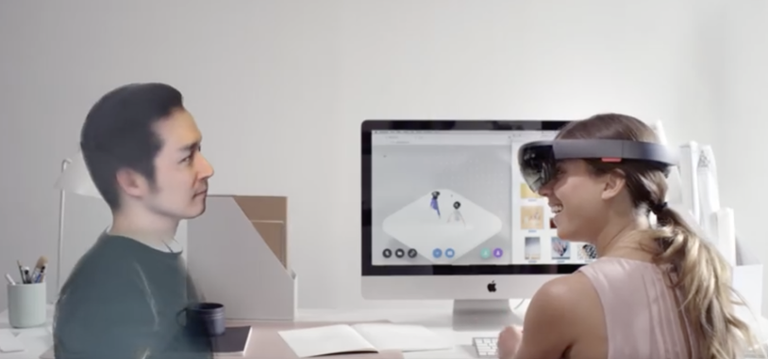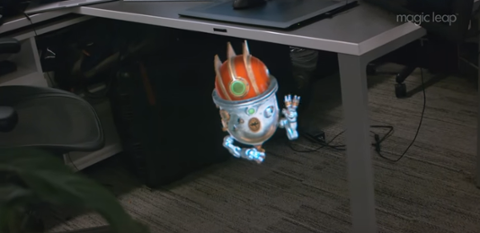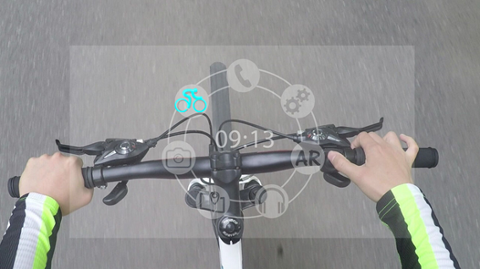Augmented Reality Collaboration Is Real. Avoid It Like the Plague
Tech event demos of augmented reality (AR) often show people collaborating on a project (looking at you, Microsoft Build). However, those demos are highly polished. In reality, AR remains somewhat clunky, with developers still trying to figure out how to optimize its UX. Despite that clunkiness, some companies are pushing forward with "augmenting" the current workplace. For example, Spatial “turns the space around you into a shared augmented workplace,” and we’re just not sure how to feel about it. In theory, it’s really interesting: Instead of chatting endlessly on Slack or another messaging platform, you could simply join a meeting in AR and talk it out. Everyone would see the same board or mock-up, and a consensus could be formed on next steps. Projects not ready for primetime could be discussed openly in a virtual space; 3D renderings could be poked and prodded by everyone. As Spatial notes, Ford X (originally Ford Freestyle), Ford’s in-house incubator for new ideas, uses this AR technology “as a solution for connecting the global workforce.” It’s easy to see how building a flashy new car might need input from a global design team in real time. Much of what Spatial imagines is probably overkill, and that’s what concerns us. For instance, a virtual wall of Post-it notes is essentially just Trello, and digital design work for an app or website is still best viewed on the device you’re actually going to use it on. We’re also not convinced that meeting virtually in augmented reality offers anything beyond current video conferencing. There’s also hardware to consider. Spatial’s demos show it working via HoloLens, Microsoft’s ‘mixed reality’ headset, which (for some reason!) costs thousands of dollars. Do you want to spend that much just to collaborate? Do you think your company, which balks at buying you a desperately needed new chair or keyboard, would shell out the cash to give dozens (or even hundreds) of people a fancy headset? We’re big fans of remote work, but AR feels like a step too far in the ongoing effort to "make meetings easier." The spirit of collaboration and interaction is great, but it’s another layer of digital interaction to manage (especially for those who aren't technologically inclined). Much like the virtual desktop, we’re just not sure this is a concept we’d like to encounter. Moreover, we hope "meetings in AR" doesn't mean scrum-happy managers will choose to have global morning standup meetings in the digital conference room. Suddenly, those terrible horse blinders for the open office aren’t looking so bad.



